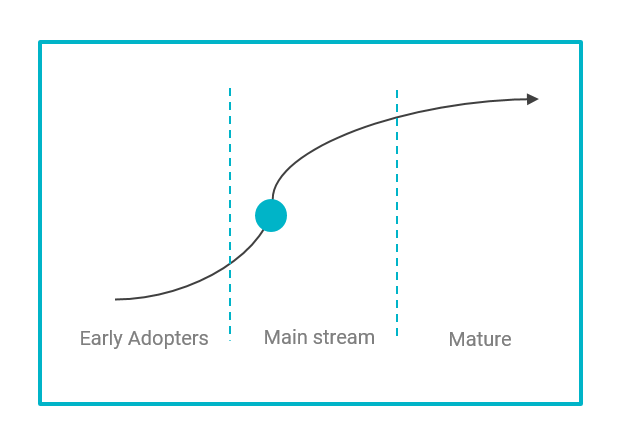TOP 10 IT Trends
Emerging Trends in 2022
Bhaskar Krishnamsetty
Co-Founder & Chief Product OfficerCloudFabrix Software Inc.
linkedin.com/in/bhaskarkrishnamsetty
01. Observability
Observability has gained a lot of momentum in the past year, be it full stack observability or data observability. Modern complex IT systems using clouds, microservices and serverless are easy to develop and deploy but extremely difficult to observe. These systems generate tremendous amounts of data and need an automated way of handling the volume. The next era of delivering customer experience is underpinned by the full stack observability capability. Observability is about analyzing unknown unknowns versus known unknowns, which is the approach taken by the traditional monitoring world. A similar shift from monitoring to observability is also happening to data. Data observability is the next frontier for data teams! Of special interest is log data reduction, log routing and log analytics use cases which are gaining traction in data observability space.
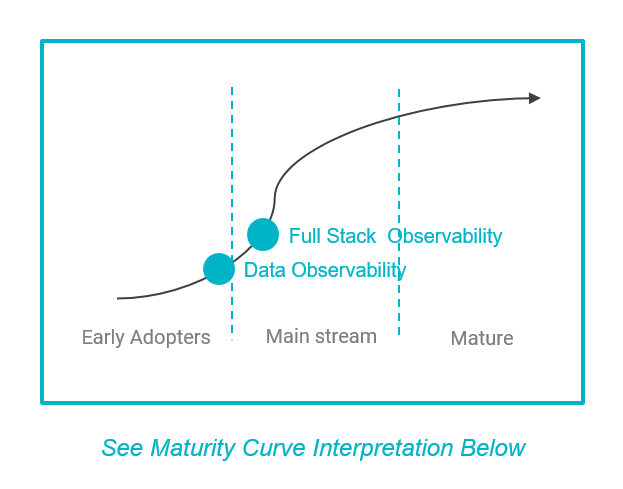
IT/DevOps teams can no longer rely on simple insights from monitoring tools because they want a more accurate and detailed account of what happened, what is the impact on business and why it went wrong - all in real time!
Enterprises would have implemented observability by 2024 as per Gartner
02. AIOps
The IT footprint is growing faster than ever, from multi-cloud and to the edge. If you as an IT leader are not thinking or not already using AI/ML capabilities to operate your IT, your organization will be left behind. AIOps is a leading automation and analytics framework to accelerate digital & IT transformation. A few years ago, I used to spend a lot of time explaining what AIOps was. That is no longer the case and I can officially declare that AIOps has become mainstream. The question now is how frictionless and how fast AIOps implementations can be performed. The software is already being applied beyond its original purpose, with applications supporting DevOps teams, SRE teams, and ITSM teams to help them optimize their infrastructure/ applications/services for performance as well as efficiency. We will also see vendors bringing solutions that will converge AIOps, Observability and other related IT functions such as Automation.
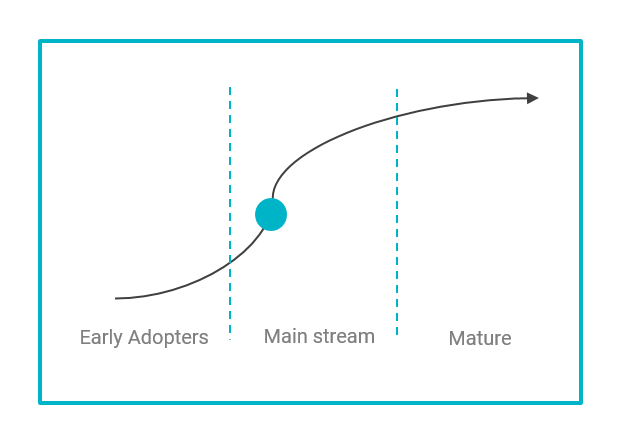
We'll soon see AIOps being used to automate all sorts of processes in IT.
Enterprises either deployed or evaluating AIOps
03. Data Fabric
The overall data footprint and the data overhead is growing in leaps and bounds. The number of data sources and data touch points for applications and services are also increasing. IT leaders are getting bombarded with a data tsunami and wondering how to handle it. The need of the hour is for a new enterprise-wide data fabric where data can be moved from any source to any destination with ease and agility. The traditional way of sending the entire data set to centralized data warehouses or data lakes is not going to be good enough. As the data is distributed, intelligence closer to the source becomes essential. A dynamic and intelligent data fabric would constantly pull and push the data and simultaneously apply AI/ML models to provide timely insights to services and applications.
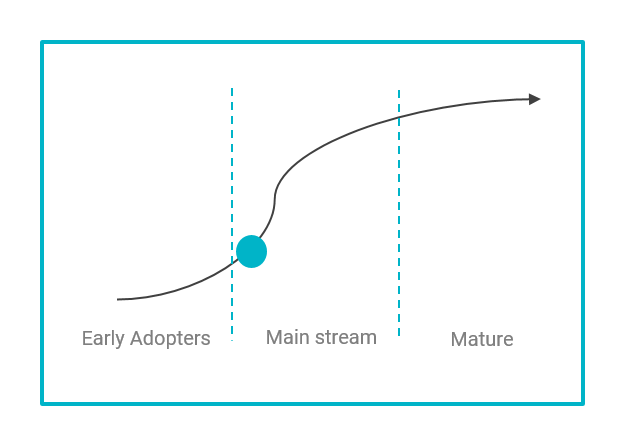
Organizations will use Data fabrics to dynamically connect, optimize and automate data management and operations
in time savings by automating data operations using data fabrics by 2023
04. Intelligent Automation
Intelligent Automation (IA) combines Artificial Intelligence (AI) and automation. IA refers to the application of AI/ML technologies to automate tasks, processes and even decision making in some cases. The holy grail for all IT leaders is end-to-end automation. The missing piece has been automated human decision making which now can be plugged in using AI. Robotic Process Automation (RPA) and Robotic Data Automation (RDA) are two IA technologies that use bots and pipeline/workflows to make this end-to-end automation a reality. While, RPA/BPA vendors focus on automating tasks and processes better with the use of AI/ML, we will see other players especially the AIOps and Data Fabric vendors approach this market in a different way. Their focus will be mostly on automating data activities, compliance, reporting, and building self-learning and self-healing systems. This is another area where we will start seeing convergence of automation and AIOps.
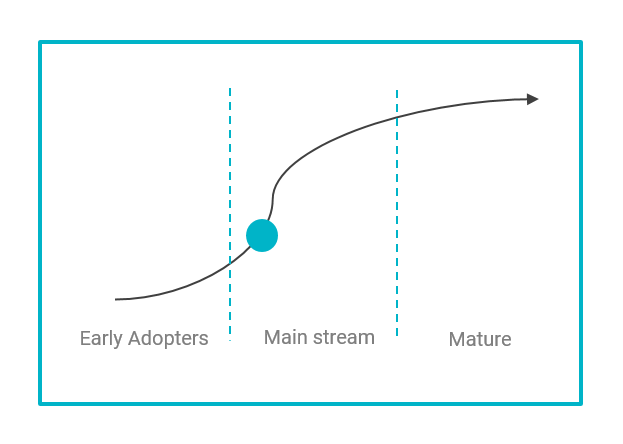
The holy grail for all IT leaders is end-to-end automation. The missing piece has been automated human decision making which now can be plugged in using AI.
reduction in operational costs by leveraging automation technologies by 2024
05. Low code/No code Platforms
Numerous studies have shown that the skill set gap is one of the key barriers for the successful adoption of AI/ML among enterprises. No-code/low-code platforms provide a simpler way to adopt AI and analytics using simple natural language and bots. We expect to see continued rise in the use of Low-Code/No code development platforms. According to Forrester, no code and low code spending will increase to $22 billion by 2022. The promise of a no code and low code platform is it allows you to write applications without much code or effort. This trend will become more prominent as data pipelines, analytics and reporting become more broadly available for enterprise employees. This provides a unique competitive advantage to enterprises where employees make decisions based on data driven insights in their daily work activities. It's all about enterprises becoming Data Driven across the board!!
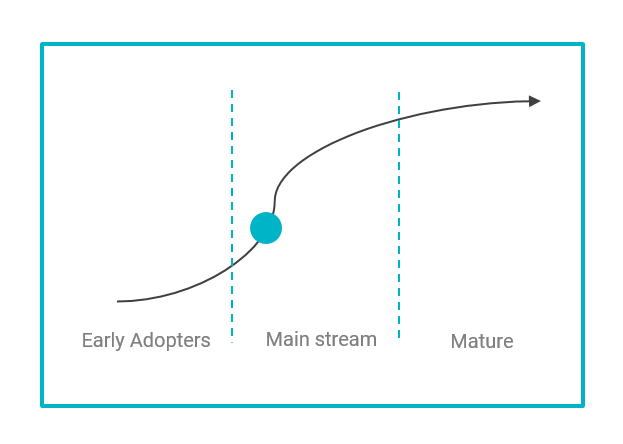
This is the essence of the no code trend, Software that empowers general business users to create things that previously specialists could produce as per Scott Brinker & Jason Baldwin 2030.
use low code platforms for application development by end of 2021 according to Forrester
06. Cybersecurity
Cyber security organizations will witness huge investments in tools and projects. Not a month goes by without hearing about a major IT outage or hacks or cyber security attack. These are the ones that come to the limelight and countless attacks happen every day that won’t even get noticed by victims of hacks or attacks. To effectively curb this issue, security organizations need to be more empowered with real-time decision-making and insights, not just from the security tool stack, but also from IT operations, Observability tools, and DevOps tools. Organizations across sectors will invest more on operational / security analytics, orchestration and automation systems to safeguard, detect and act quickly on unauthorized access situations. It is expected that organizations will spend more than ever with $100+ Billion on protecting their assets alone this year. Security tools will be more integrated with IT operational tools to derive more real-time context about network and user behavior. Security will be pushed and enforced from edge to core to cloud using distributed services and edge analytics. The application of AI/ML enabled detection methods are emerging and we can expect these features improving our ability to both find new patterns against known attack signatures quickly giving us time (and perhaps even warning signs) before an incident strikes.

Cyber security platforms will be powered by advanced real-time analytics and artificial intelligence technologies
Total Global cybersecurity market by 2028
07. Edge Analytics/AI
With the advent of 5G and proliferation of IoT, the horizons of IT are dramatically expanding. The adoption of 5G is expected to lead us into a new era where islands of edge data centers exist, often used by IoT devices. To reduce network latency and offer faster insights, we will see architectures that enable local analysis closer to where the data is produced. There is a need for analytics to be done closer to the Edge sources and also compose distributed analytics from distributed regions and domains. In contrast, it will be very “data expensive” and time consuming to do data transfers to centralized data warehouses. True federated and distributed data fabric solution providers will provide an advantage because they're focused specifically on handling data and analytics in distributed and stream models.
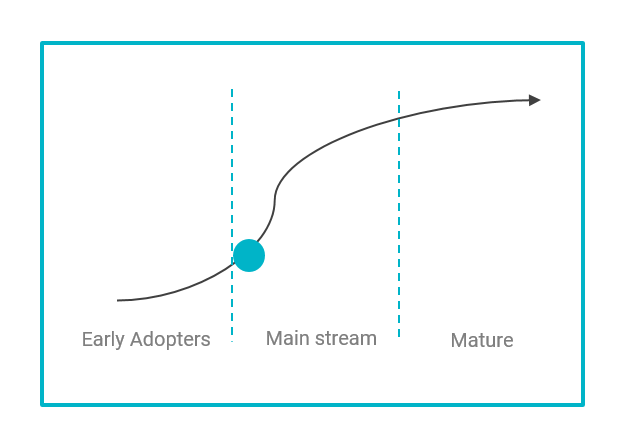
Edge AI provides AI inferencing for workloads right at the source to enable faster decision making at the edge
Edge Analytics market - CAGR over the period of 2021- 26
08. DevSecOps
2021 has been one of the worst years for cyber attacks. Security cannot be an after thought. Organizations should integrate security into every part of the SDLC and security should be a shared responsibility of everyone in the DevOps value chain. Adoption of modern applications, microservices, serverless, and the speed of software releases are driving the need for DevSecOps. As security concerns are growing, enterprises want to adopt proactive measures and integrate protection at every step of the DevOps process. This is leading to demand for new types of attack tools that assess risk vulnerability on a continuous basis. DevSecOps brings the culture of innovation and agility of DevOps to security aspects by integrating security into DevOps Framework.

DevSecOps is all about the cultural shift and the left shift of security into the application development. The more left you shift the security into the process, the better it would be to prevent attacks.
Average annual manual labor cost of vulnerability mgmt. tasks without any automation
09. Explainable AI
Artificial intelligence is rapidly transforming everything from individual lives to businesses. Enterprises are adopting AI and ML models from various vendors to well known AI engines such as OpenAI and IBM Watson. The future of AI/ML is an open, transparent and trustworthy model that allows you to view the decision-making process. Customers will demand an open approach where they can view, modify and continuously monitor models for drift or accuracy errors with almost-real time updates. Organizations can gain access to AI technology’s underlying decision-making and are empowered to make adjustments.
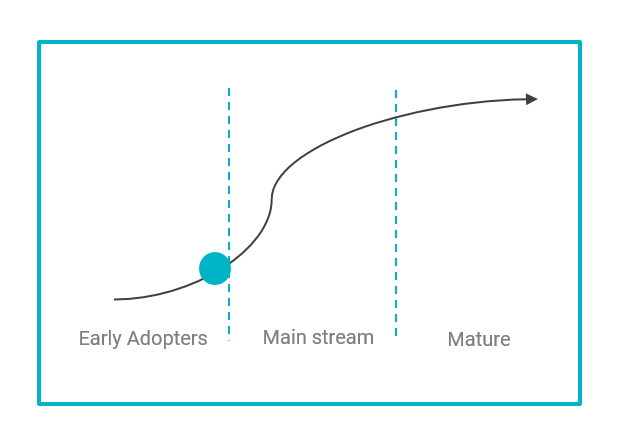
AI models must give enough confidence in the decision that one can trust
total Market size by 2030
10. Public Cloud/SaaS Adoption
Enterprises are making significant investments in public clouds. The question is not any more about if, it is about when and how fast. The cloud is no longer confined to tech and new age companies, and it is being adopted by highly compliant and regulated industries like government agencies, federal, financial, insurance and healthcare. Augmenting the abilities of remote workforces will remain a key trend, which will have an accelerating impact in cloud adoption rate among traditional businesses across all sectors as they realize what cloud can do for them.
SaaS solutions are among the fastest-growing segments in the IT industry. Flexibility and affordability are primary drivers for adopting SaaS models. SaaS is the best way for enterprises to incrementally adopt cloud without disrupting existing infrastructure and has lower cost of implementation. Pandemic is also necessitating remote work, which in turn increases the need for SaaS. Enterprises are also increasingly shifting and adopting subscription based pricing models
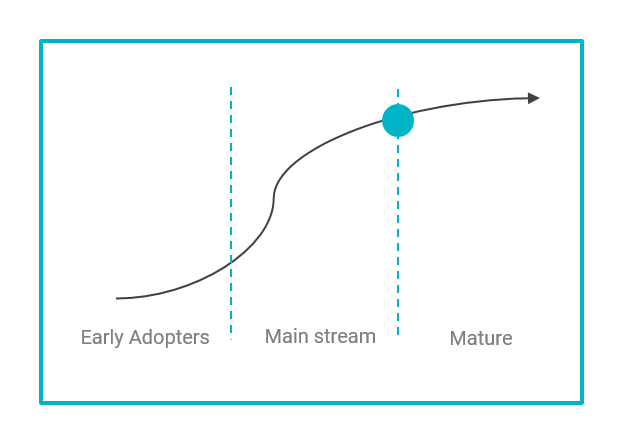
Cloud/SaaS adoption is accelerating at rapid pace, where do you stand?
Enterprises reported that hey have multi cloud strategy
Organizations using one or more SaaS solutions
11. Maturity Curve Interpretation
Created maturity curve to broadly cover three key stages of each technology life cycle - “early adopters, mainstream and mature”. Most of these insights and where each technology trend stands have been derived based on insights from key market research publications of Forrester, EMA, Gartner, IDC, GigaOM & DEJ.
Early Adopters: Typically covers early innovation trends, potential technology breakthroughs and media publicity. Visionary IT leaders lead and try these technologies.
Main Stream: More Enterprises start funding these proof of evaluations, but conservative companies still remain cautious.
Mature: Technology's broad market applicability and relevance is very clear.
